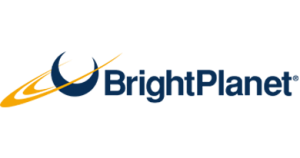What is the difference between the Surface Web, Deep Web, and the Dark Web?
The Surface Web is anything that can be found by a search engine, it normally consists of web data that is linked and can be navigated to through a clickable link. The Deep Web refers to any portion of the internet that cannot be found through a standard link crawling search engine. The vast majority of this content exists because you need to navigate through a web search form or input a query to get there.
Dark Web refers to anything that is intentionally hidden. The most common place on the Dark Web is the TOR network or a private anonymous internet that can only be accessed via a special browser. The Dark Web makes up a small portion of the Deep Web.
Link to Blog Post: Clearing Up Confusion – Deep Web vs. Dark Web
